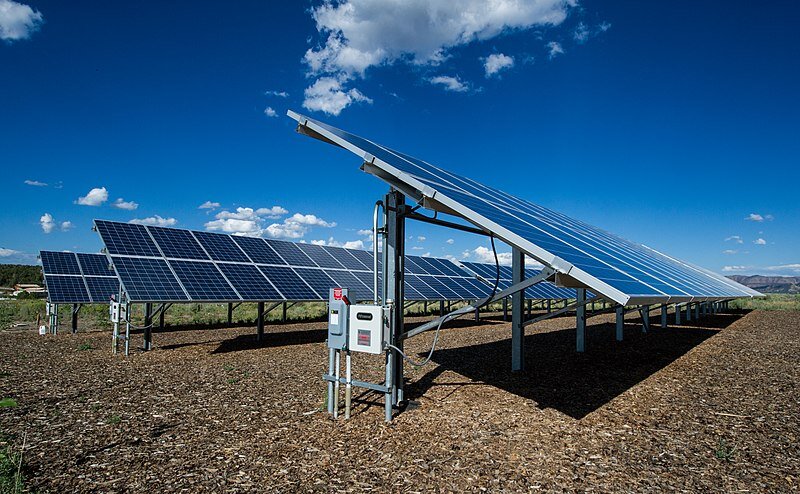As climate change increasingly becomes part of the public consciousness, so too do debates about the cost of reducing greenhouse gas emissions. Economists run models to determine the social cost of carbon, which represents the economic damage caused by an additional ton of carbon dioxide emissions. For example, if the social cost of carbon is $30 per ton of carbon dioxide emissions, society should be willing to spend that much money to not emit an additional ton and avoid those damages
But this type of analysis has a major limitation. Climate economic models typically use an assumption called “full employment”: every dollar spent on investments to combat climate change takes a dollar away from spending on other priorities, like consumption. This is made explicit in the climate models that inform the U.S. government’s estimates of the social cost of carbon, including the DICE model by William Nordhaus.
The assumption of a hard tradeoff between investment and present-day consumption is a long-standing feature of many macroeconomic models. ”Full employment” assumes that all workers are employed, and all factories are running at full capacity. But we know from recent experience that full employment of the labor force, factories, and other workplaces is not a given in the United States and around the world. Following the Great Recession of 2007-2009, U.S. unemployment exploded and stayed at elevated levels for nearly a decade. During the COVID-19 pandemic, unemployment skyrocketed to unprecedented levels. Workers who were ready and able to work—remotely or in-person—could not find jobs and many dropped out of the labor force entirely. Women’s labor force participation plummeted during the pandemic. The prime-age employment to population ratio, a measure of labor market health, has never returned to the high (i.e. healthy) levels last seen in 2000. the economy can go and has gone for decades without ever hitting full employment.
To make matters worse, under conditions of high unemployment businesses will forgo crucial investments when they lose confidence that consumers will be able to buy their products. When this happens, additional public investment spending on renewable generation Isn’t the tradeoff imagined in climate economics models: either green investment or consumer spending. Instead, the green investment gives jobs to workers that might otherwise lack them (and these workers have money to spend at other businesses), brings idle capacity online, and incents the private sector to increase its own investments in renewables, energy storage, and efficiency measures.
The climate models calculating the U.S. government’s social cost of carbon understand climate investment to be a bad thing, a sacrifice that hurts people’s standard of living. In an economy like ours that has plenty of room to grow, climate investment is a promising source of jobs, technological change, and revitalized communities. Governments should incorporate that understanding when they calculate the SCC and recognize that failing to act means depriving the economy of economic growth. That is a cost of climate inaction too.


